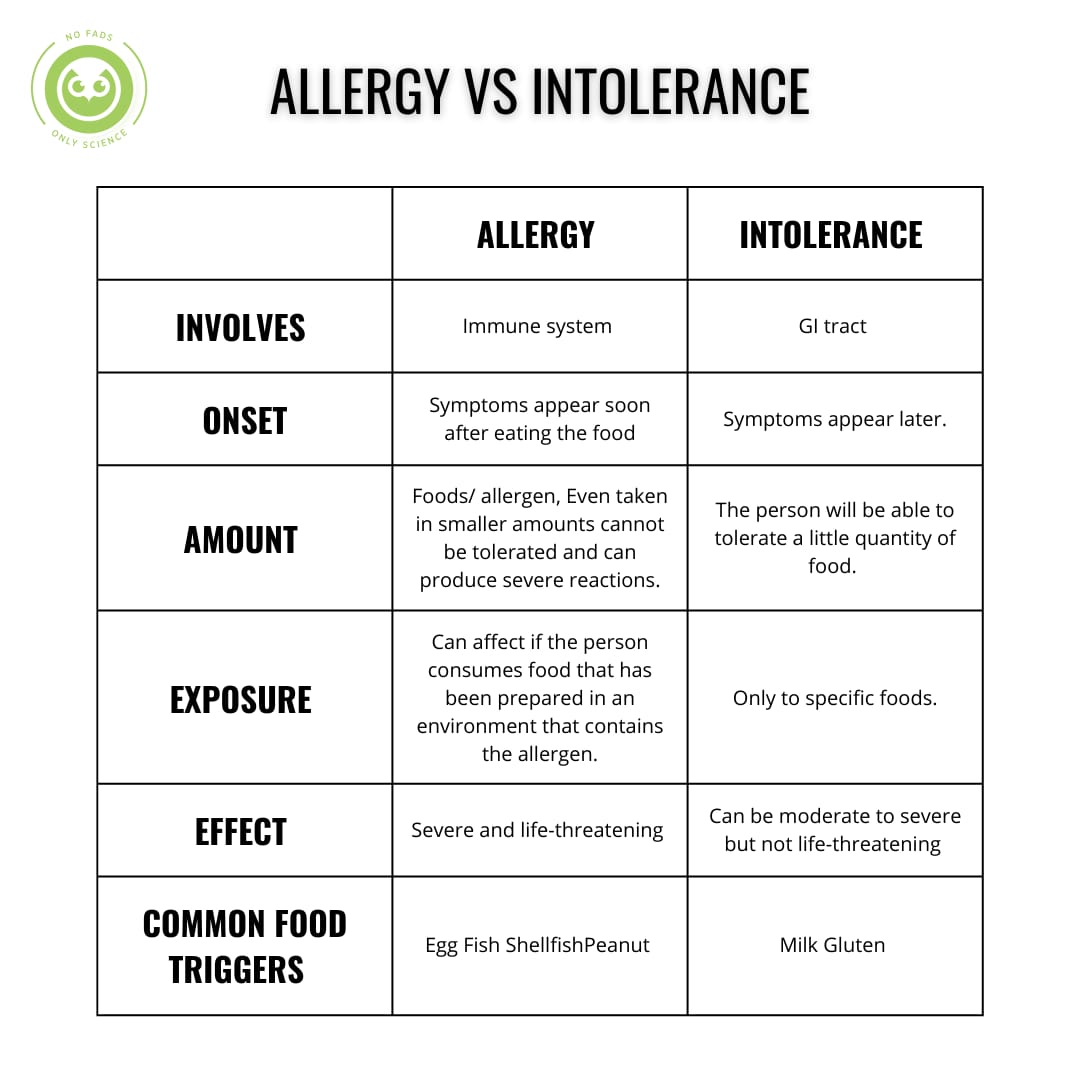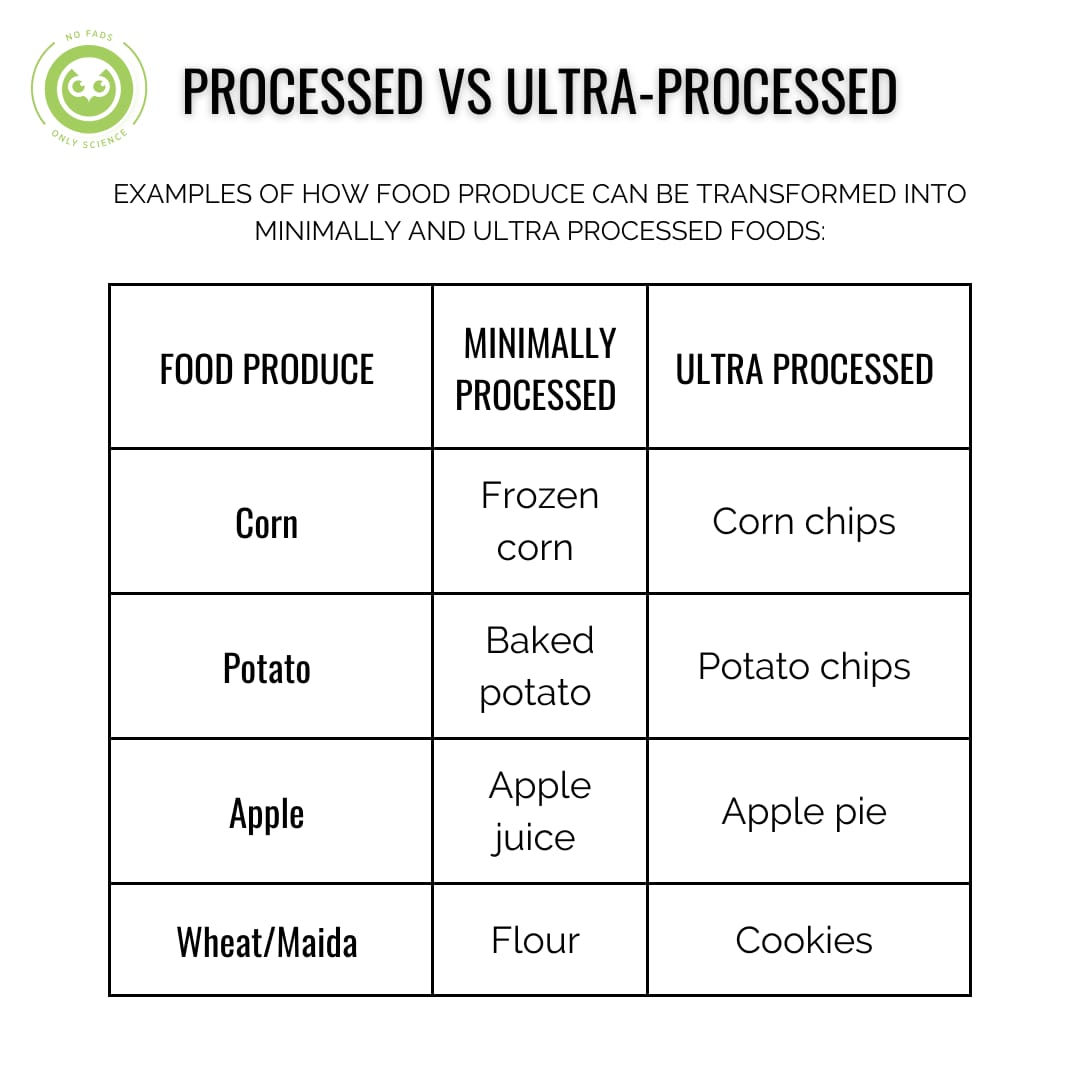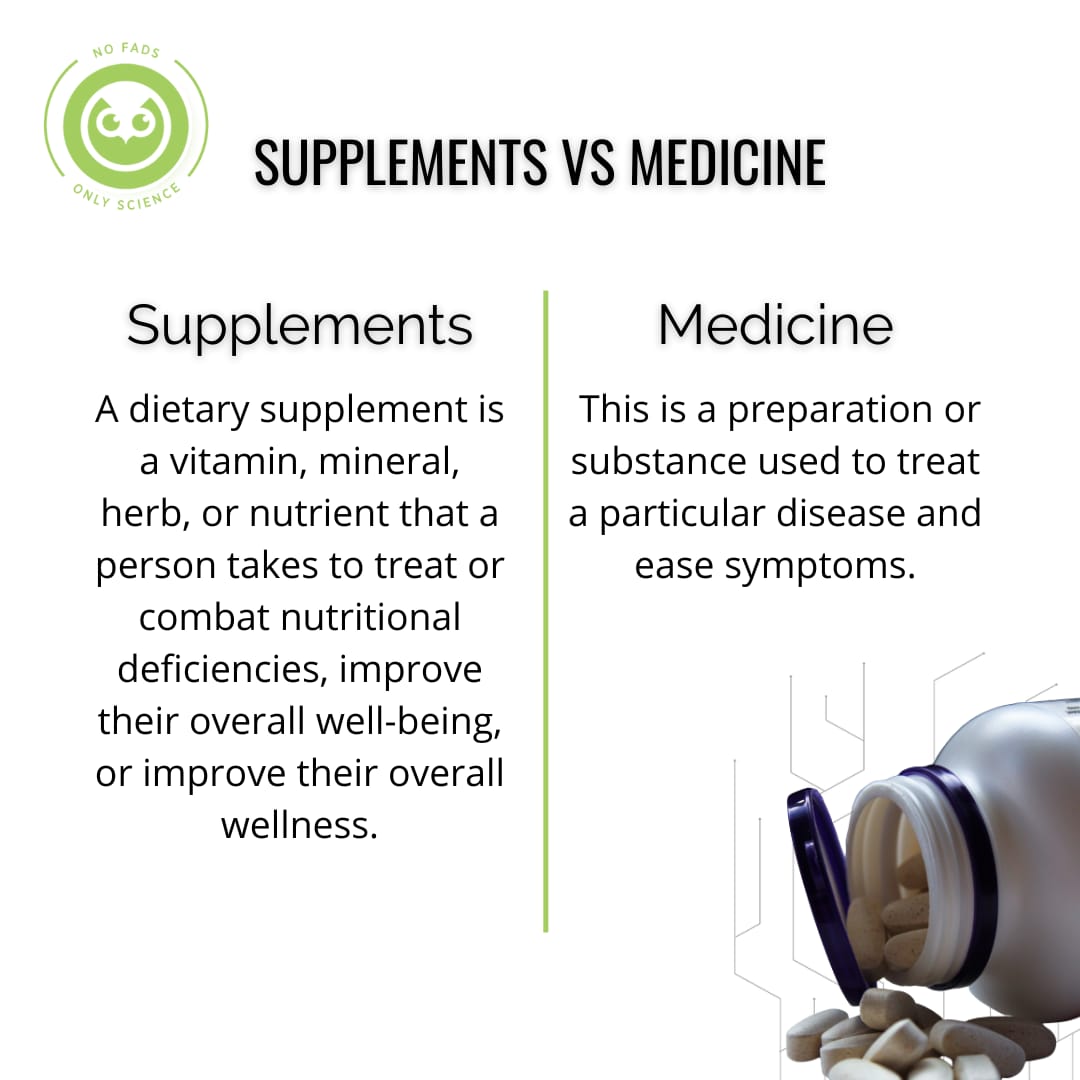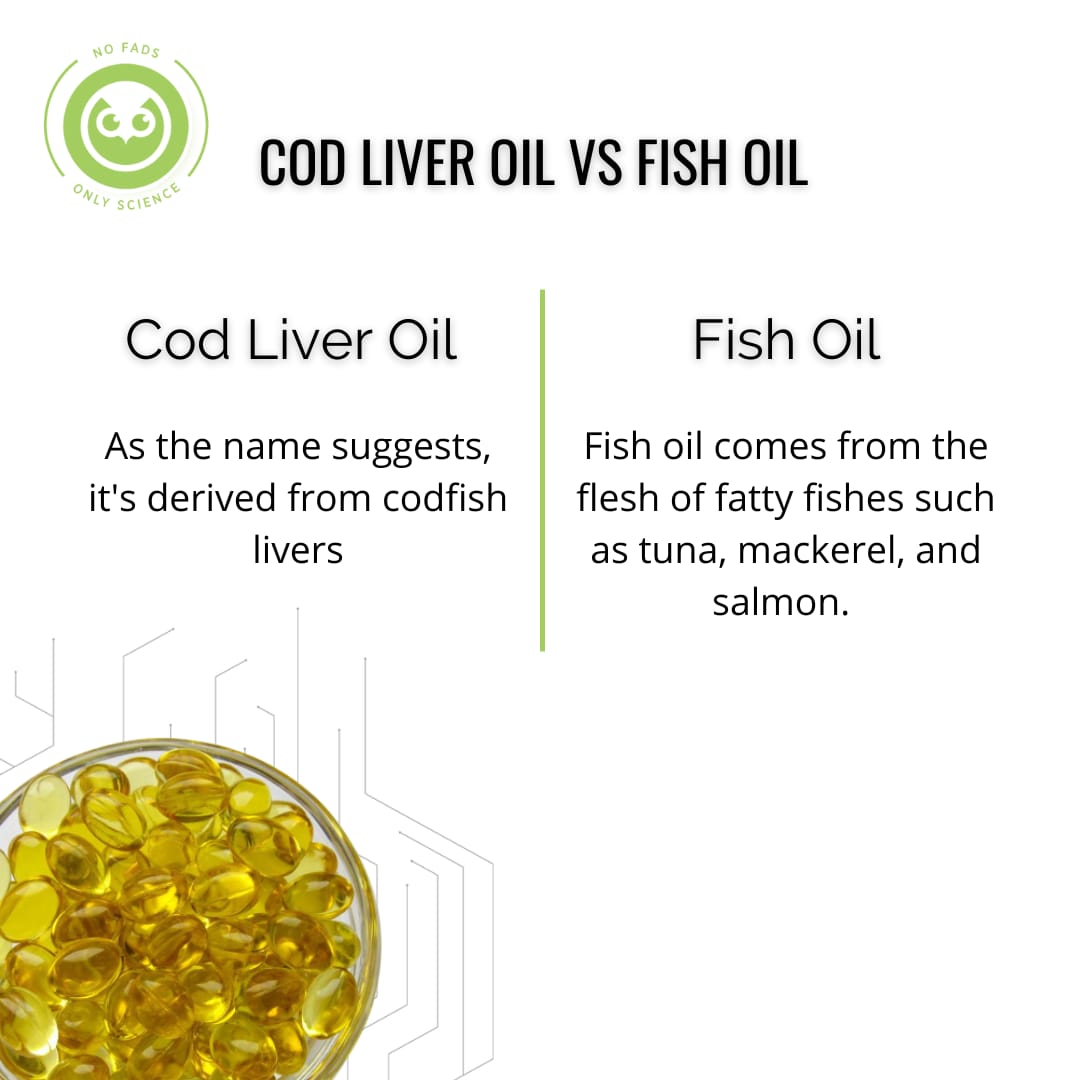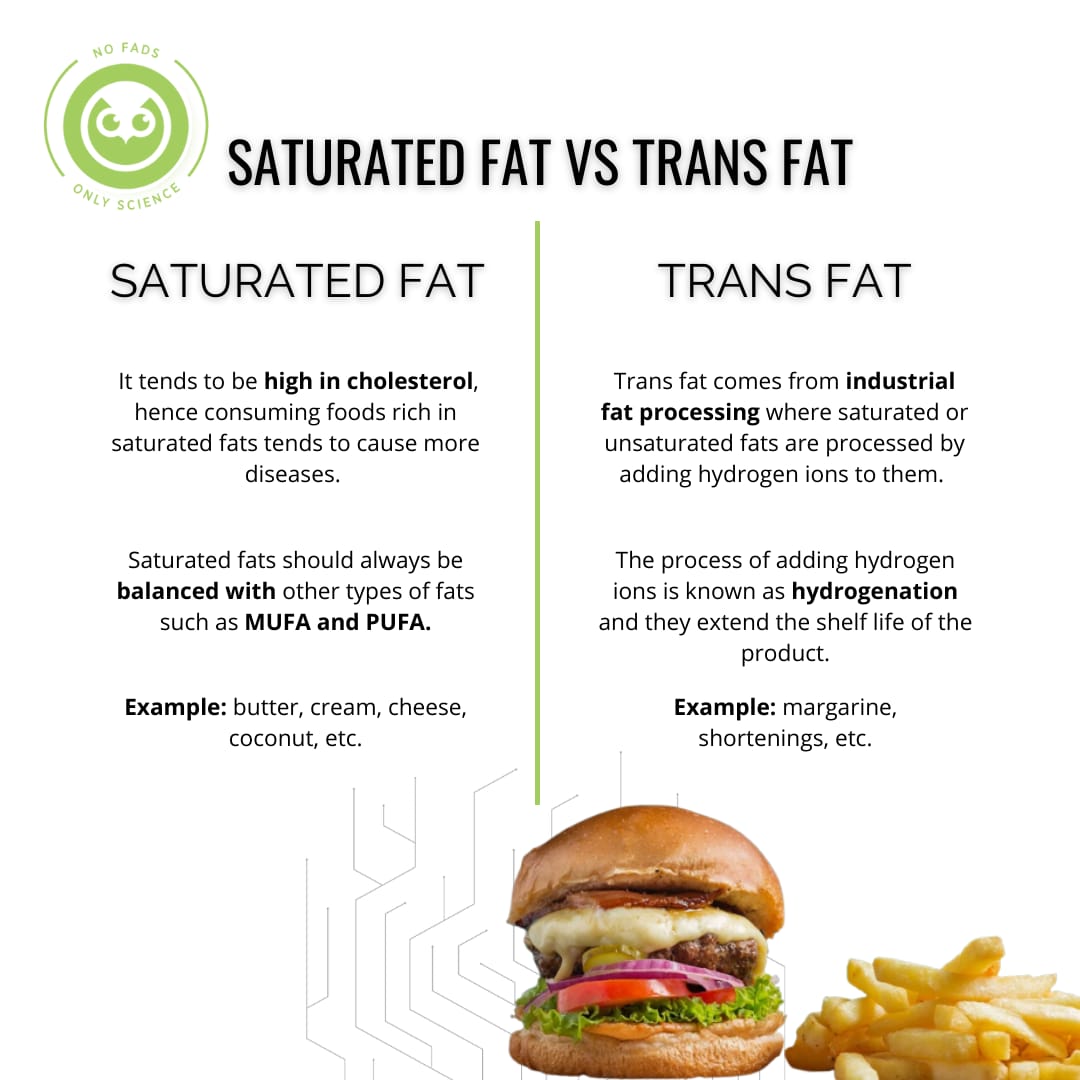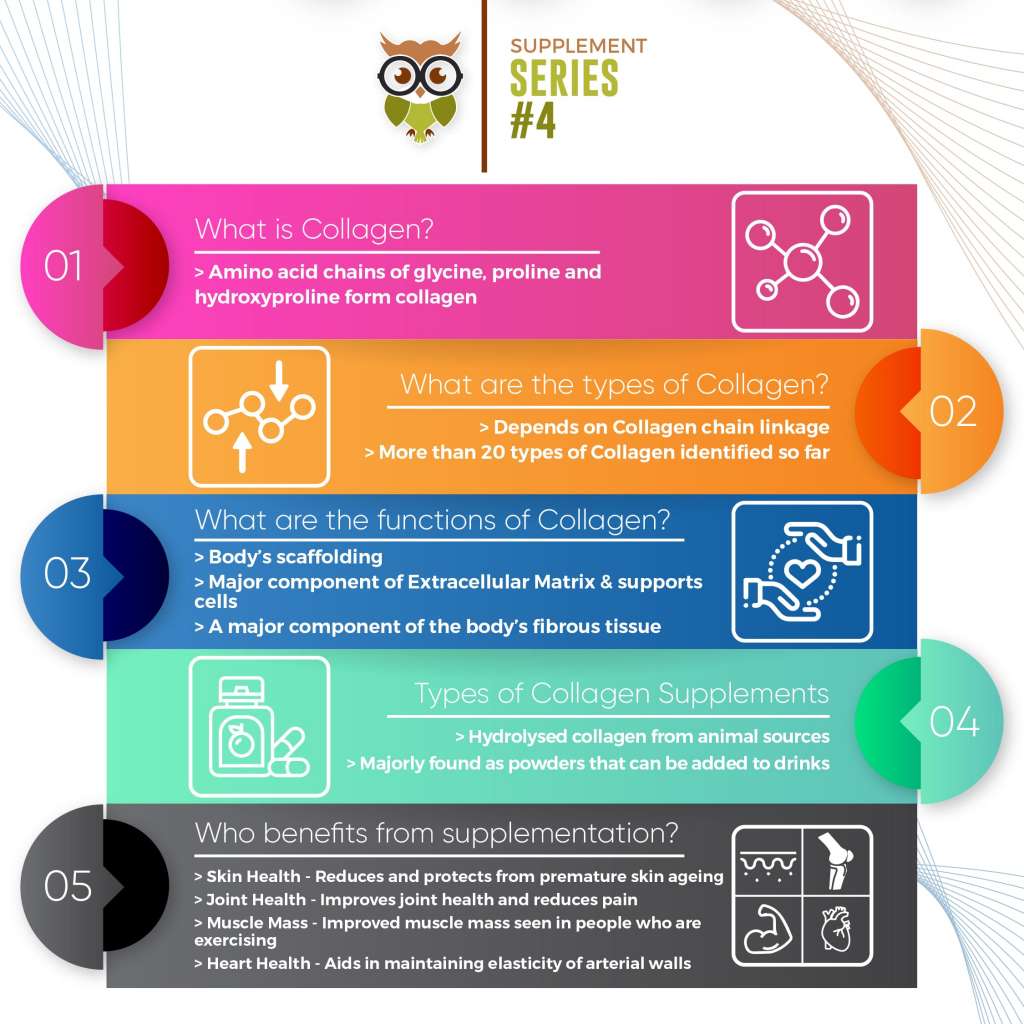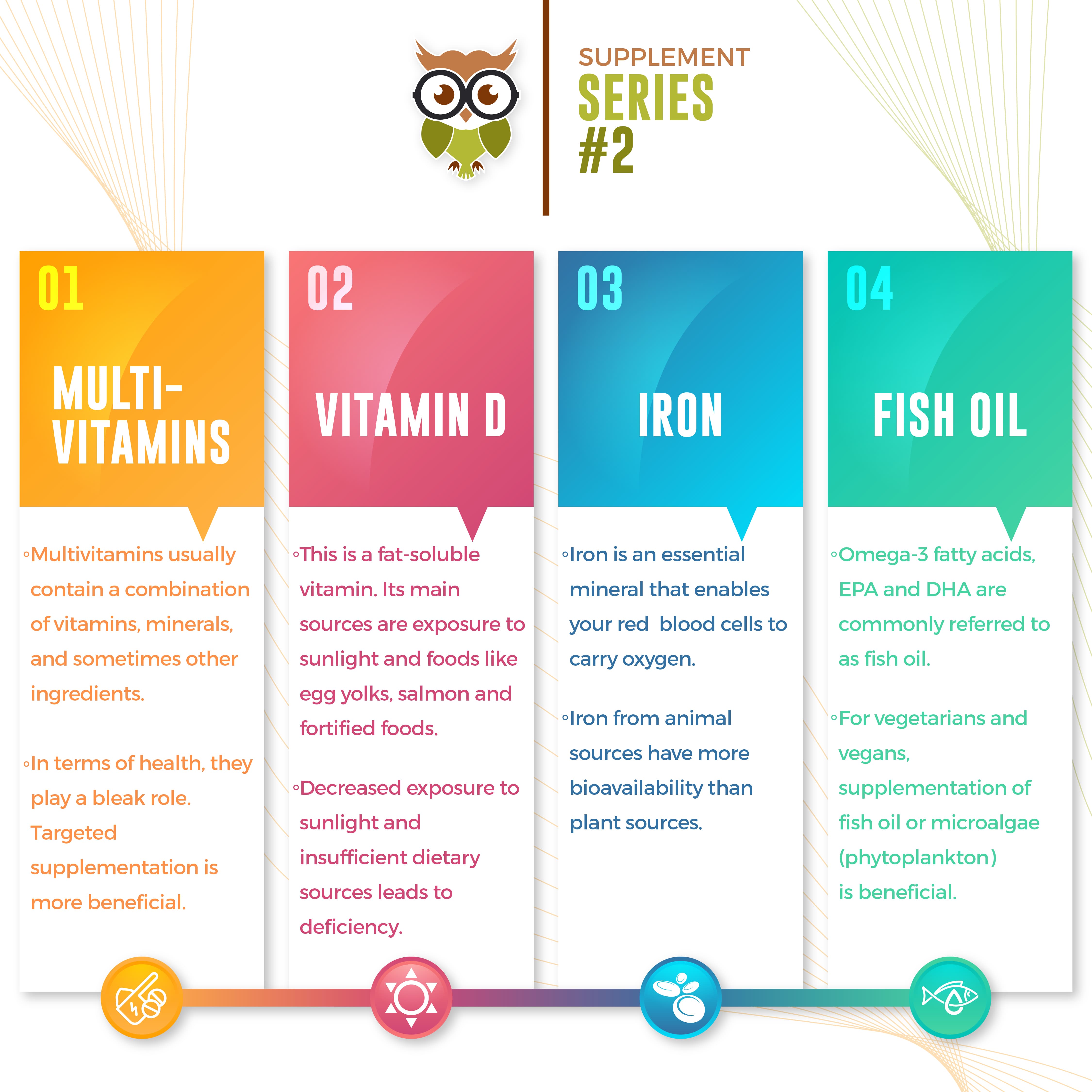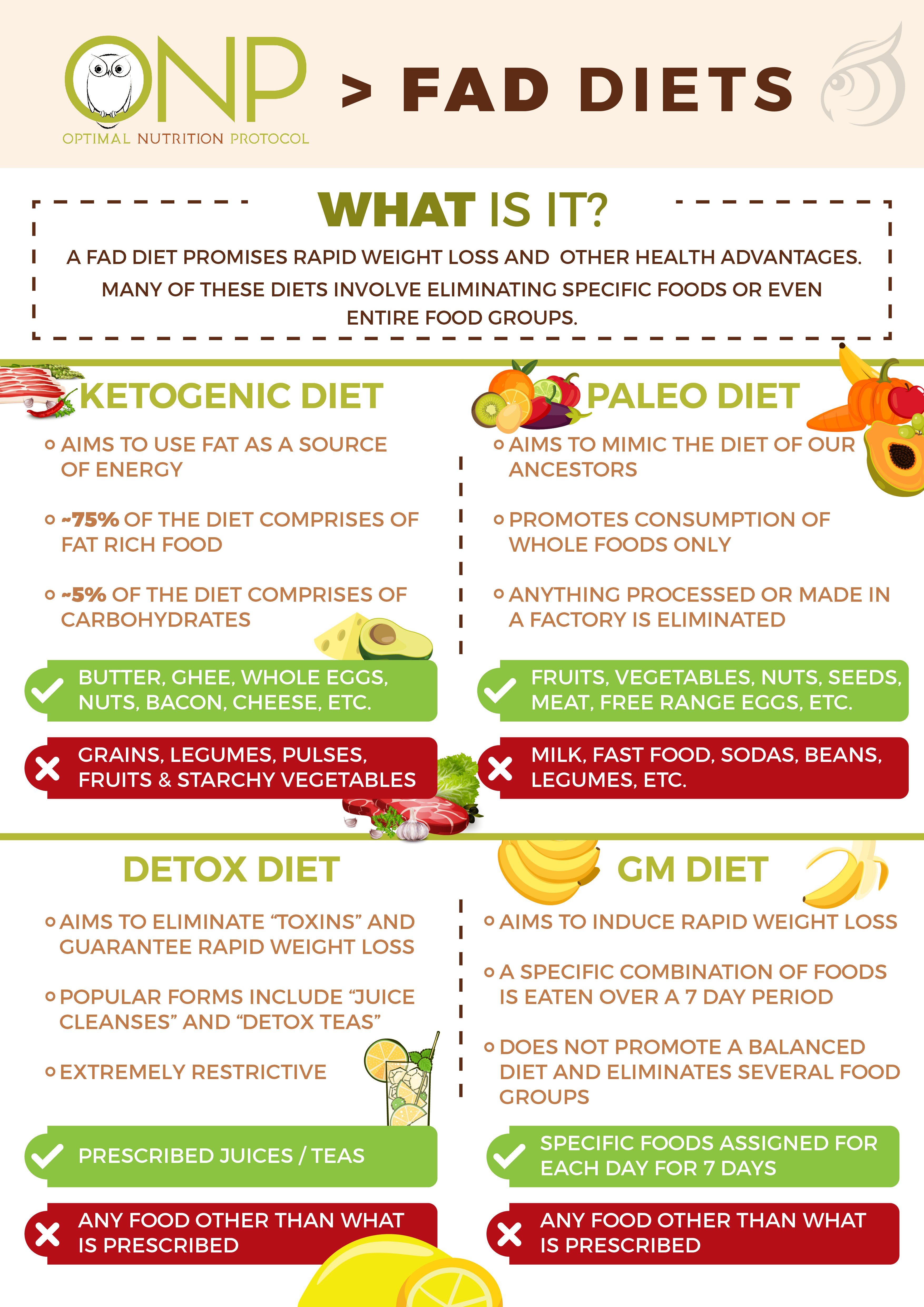PCOS is a very common endocrine condition, especially for women of reproductive age.
PCOS simply means polycystic ovarian syndrome, which can be further interpreted as,
Poly – many or multiple
Cys – cysts
Tic – pertaining to
Polycystic ovarian syndrome is a syndrome with many or multiple cysts in the ovaries.
The prevalence of PCOS is between 5 to 15 % but it differs in each study. This disorder can be both morphological which means cyst formation in ovaries or biochemical which means hyperandrogenism.
In other words, PCOS is a multifactorial disease which means there are many factors that lead to this condition. Some women can experience mild side effects whereas others can have severe PCOS symptoms. So symptoms also differ between individuals.
In the menstrual cycle, there are two phases –
Follicular phase – menstruation to ovulation (days 1 to 14)
Luteal phase – ovulation to menstruation (days 14 to 28)
If this cycle is abnormal, then it is a sign of PCOS.
Ovulation is a process that happens when the mature egg is released from the ovary for fertilization. If the egg isn’t fertilized, the body sends out the egg through menstruation.
In some cases, hormonal imbalance happens which means the woman doesn’t make enough hormones needed for the ovulation process. So when ovulation does not happen, the ovary develops many small cysts (fluid-filled sacs). This cyst is responsible for the production of hormones called androgens and thus it leads to PCOS.
How is PCOS diagnosed?
Recent diagnostic criteria according to Androgen excess society (AES) 2006 are,
- Hyperandrogenism
- Oligo-ovulation / anovulation
- Polycystic ovaries
- Exclusion of other related diseases
If a person is suspected to have PCOS, a blood test, and pelvic ultrasound is the next step that should be taken for confirmation.
Blood is taken to assess hormones, lipid levels, and glucose.
Pelvic ultrasound is taken to scan the ovaries.
After the diagnosis of PCOS, the person is prone to have diabetes and also has an increased risk of developing sleep apnea, hypertension, depression, and cardiac problems.
What are the clinical features of PCOS?
- Reproductive Features –
Hyperandrogenism
Hirsutism
Ovulatory and menstrual dysfunction
Infertility
Complications in pregnancy
Miscarriage
Pregnancy-induced diabetes (Gestational diabetes)
Pregnancy-induced hypertensive disorders
Neonatal complications
Increased endometrial hyperplasia
- Metabolic features
Insulin resistance
Metabolic disorder
Dyslipidemia
Type- 2 diabetes
Increased cardiovascular risk factors
- Psychological features
Anxiety
Depression
Poor self-esteem
Risk factors of PCOS
- Genetic
Monozygotic twins
One of the main risk factors for PCOS is genetics, especially in monozygotic twins. Monozygotic twins are identical twins. If one twin gets PCOS, the other twin also gets PCOS due to the genetic component.
A first-degree relative is an individual’s parents or siblings or child who has PCOS have a high risk of having PCOS themselves.
- Obesity
In obese individuals, PCOS is very common especially in pre-pubertal obesity (if the person is obese before the onset of obesity).
- Early onset of menarche
A person who attains puberty before 12 years comes falls under this category.
- Large or small for gestational age
If a person is born with less weight or more weight along with size, they are likely to have PCOS.
PCOS AND OTHER RELATED CONDITIONS
- FERTILITY AND PREGNANCY COMPLICATIONS
There are many studies where pregnant women with PCOS develop complications during delivery. There is an increased risk of women having gestational diabetes, gestational hypertension, pre-eclampsia, and cesarean section if she has PCOS.
Miscarriage is also very common in women with PCOS.
There is no evidence-based study for postpartum depression among women with PCOS.
- OBESITY AND PCOS
Obesity is the main cause of the development of PCOS. obesity increases insulin resistance which in turn results in hyperinsulinemia and this high insulin increases adipogenesis and decreases lipolysis. Obesity is responsible for hormonal imbalance which increases androgen levels.
The primary therapy for PCOS during their reproductive age group is lifestyle modification.
- METABOLIC SYNDROME AND PCOS
Metabolic syndrome is a group of abnormalities in our body that include insulin resistance, dyslipidemia, and hypertension.
Several studies show that the main cause of this metabolic syndrome is hyperandrogenism.
In a study, first-degree relatives showed a higher prevalence of hypertension and hyperlipidemia in women with PCOS.
- PSYCHOSOCIAL FEATURES AND PCOS
Depression and anxiety are very common in women with PCOS.
There are also risk factors in women with PCOS such as eating disorders that lead to obesity, depression, anxiety, low self-esteem, and poor body image.
- HYPERANDROGENISM
Hyperandrogenism is the production of androgens which is a male sex hormone. In PCOS, excess production of androgens happens and this leads to symptoms like facial hair and acne.
These high levels lead to altered gonadotropin levels. If these levels are high then the person can face issues with ovulation. These high levels will affect the ovulation process by stopping it from occurring.
TREATMENT
The primary treatment for the management of PCOS is the dietary modification and physical activity. So lifestyle modification is a major therapy recommended.
Dietary management
Women with PCOS should definitely plan their PCOD diet chart. They should
- Calculate macros based on body compositions.
- Have a balanced diet with all the macros (Carbohydrates, protein, and fats along with vegetables).
- Exercise. It is very important for proper cardiovascular function and increases energy expenditure.
Having a balanced diet and doing physical activity consistently has an approach that deals with the fundamental problem of PCOS which will help to improve the patient from the long-term consequences including, type 2 diabetes and cardiovascular disease.
PHARMACOLOGICAL THERAPY IN PCOS
The secondary treatment for PCOS is suggesting supplements. There are no specific supplements given for PCOS but for hormonal disturbances, supplements are suggested.
The ORS (oral contraceptive pills) are generally recommended to improve hyperandrogenism and insulin resistance.
Generally, medical therapy for PCOS is given to reduce the symptoms.
In the reproductive age group, OCP is given for conception, and metformin is given for insulin resistance.
Here are some common myths you come across when dealing with PCOS-
Myth- 1 – Doing seed cycling prevents PCOS
Fact
Seed cycling is a naturopathy treatment that is given to women with PCOS.
Seed cycling claims to optimize the hormones during the menstrual cycle and also relieves symptoms that are caused by hormonal imbalances.
But there is no scientific evidence for seed cycling and PCOS.
In seed cycling, the seeds that are asked to consume are flax seeds, sunflower seeds, sesame seeds, and pumpkin seeds.
So we can consume these seeds as a good fat source but we cannot reverse PCOS.
Myth- 2 – All women with PCOS are obese.
Fact:
Only around 50% of women with PCOS are obese. Thin women with PCOS do have other features of PCOS like excess facial hair, irregular menstrual cycles, and anovulation. On ultrasound, there will be a polycystic pattern.
Myth- 3 – PCOS is not linked to diabetes.
Fact:
PCOS patients have insulin resistance and are at increased risk of developing Diabetes mellitus. However, the actual cause and the effect are still not known.
Myth- 4 – Women with PCOS should have a gluten-free diet
Fact-
Gluten is a protein found in wheat, Raje, and barley. A gluten-free diet is not recommended for women with PCOS unless she has celiac disease or gluten sensitivity. These are immune-related disorders in which the body responds abnormally to gluten, causing digestive symptoms such as diarrhea, bloating, nausea, etc.
Myth- 5 reducing your weight can get rid of PCOS
Fact-
By following a proper diet, and physical activity, you cannot completely overcome PCOS, you need to bring down the blood glucose level to the normal range, regulate your hormonal levels to improve your ovulation, and regulate the menstrual cycle to completely get rid of PCOS.
Myth- 6 PCOS affects only women who are above 30 years
Fact-
PCOS does not show any age bias. The syndrome can easily affect adolescent age groups by showing irregular periods. Pubertal obesity is one of the causes of the occurrence of PCOS in adolescent age groups.
Myth- 7 PCOS is only about irregular periods.
Fact-
Abnormal lipid levels, hyperglycemia, and metabolic syndrome are very common in women with PCOS. Even there are higher chances for endometrial cancer and breast cancer occurrence. So PCOS is not only irregular periods, there are so many risk factors that occur in PCOS.
Myth- 8 – PCOS and PCOD are different
Fact-
PCOS is also called PCOD. PCOS and PCOD are the same, they are concerned with ovaries.
PCOS is a polycystic syndrome and PCOD is a disease condition.
PCOS and PCOD are common metabolic disorders that are linked to hyperglycemia, hormonal imbalance, etc.
They both have similar symptoms and risk factors. Aetiology of both is the same.
The only difference between PCOS and PCOD is the abbreviation.
There is no scientific evidence for the differentiation of PCOD and PCOS.






